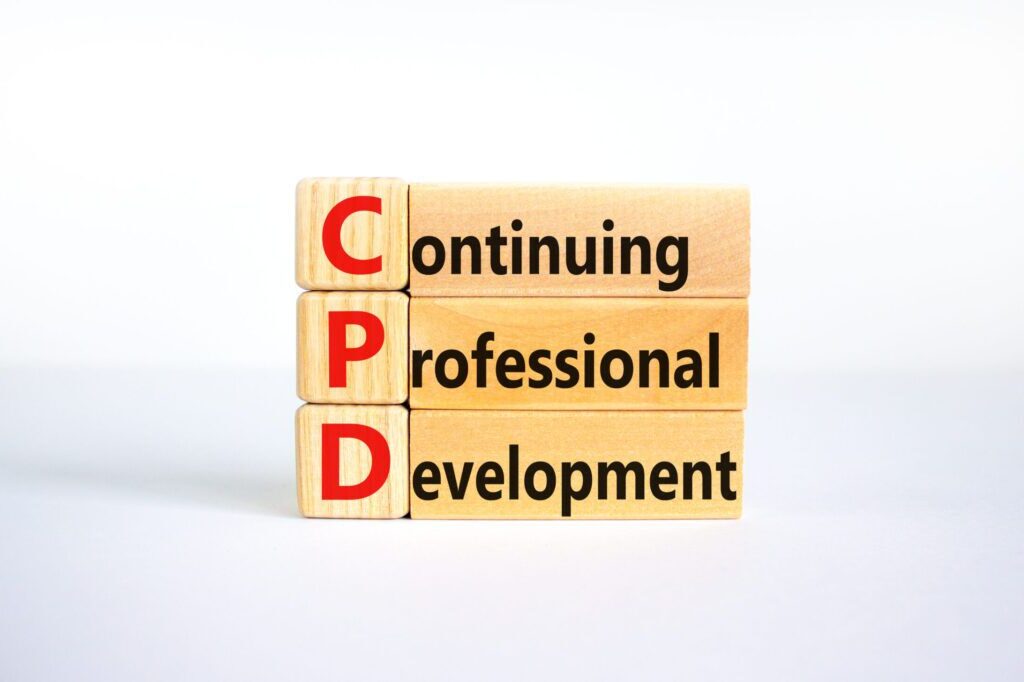
Here are some tips for you to speak in front of the camera confidentlySpeaking in front of the camera as a coach is important for a variety of reasons. For starters, it improves your interpersonal skills, allowing you to successfully communicate information. It also fosters trust and engagement by establishing an emotional connection with your audience.
Furthermore, video content can reach a larger audience, providing a scalable platform for sharing your knowledge. Overall, it’s an effective tool for developing your coaching brand and connecting with your audience.
Tips that will help you in front of camera
1. Establish ground rules: Creating ground rules is a crucial step in any project or team collaboration.
By providing a framework for communication, decision-making, and behavior, these guidelines make sure that everyone in the team is operating within the same parameters and pursuing the same objectives.
Ground rules promote respect, professionalism, and accountability, which help to create a beneficial working environment.
They also help to manage expectations and prevent potential conflicts from arising. Teams can lay a solid foundation for their work and establish straightforward standards for conducting themselves professionally by establishing ground rules early on.
2. Use General Examples: When discussing cases or situations, it is preferable to use general, anonymized examples rather than specific personal ones.
Instead of referring to a specific individual’s experience, for example, one could use an imagined scenario that could apply to a wide range of people. This method protects individuals’ privacy while still effectively showing the point.
Anonymized, general examples can also help others relate to the information being presented by demonstrating how the concept applies to a broader context. Overall, using broad instances in discussions can result in a more respectful and inclusive conversations.
3. Ask Permission: If it is necessary to share a client’s story, obtain explicit permission first. Make sure they comprehend the purpose and possible effects of expressing their story and that they are at ease with it.
It is critical to respect the client’s privacy and confidentiality, and asking for their permission demonstrates that their feelings and autonomy are appreciated. It also allows clients to have a say in how their story is told and shared, thereby bolstering the client-professional relationship.
It is critical to remember that their story falls to them, and it is their right to choose whether or not it is shared.

4. Confidentiality Education: Spend a few moments explaining the significance of confidentiality education to your audience.
Confidentiality education is essential in both personal and professional settings because it teaches people the importance of keeping sensitive information private. People can protect their privacy, maintain trust, and maintain professional integrity by learning about the legal and ethical obligations associated with confidentiality.
Understanding the potential consequences of violating privacy, such as legal repercussions and relationship damage, can highlight the importance of proper education in this area.
Individuals with an in-depth knowledge of confidentiality can navigate difficult situations and maintain the trust placed in them.

5. Avoid Identifiable Information: When sharing information online or in written communication, it is critical to avoid identifying information such as personal names, addresses, phone numbers, and other private details.
This helps safeguard individual confidentiality and reduces the risk of identity theft and other forms of personal information misuse. It’s also a good idea to consider the consequences of disclosing personally identifiable information about others without their permission.
We can help create a safer and more secure online setting for everyone by being cautious and respectful when handling identifiable information.

6. Prioritize Principles: Give more weight to the values that direct our decisions and actions than to the details. We can make wiser decisions and better understand the fundamental principles and opinions that shape our behavior by concentrating on core principles.
A more thoughtful and moral approach to problem solving and decision making is encouraged by placing an emphasis on principles because it helps us see the big picture and take the long-term effects of our decisions into consideration.
Focusing on principles allows us to align our actions with our values and cultivate a more environmentally friendly and principled way of living and working.
7. Use case studies Wisely: If you’re using case studies, change the details to protect people’s identities. To protect the privacy of those involved, instead of focusing on particular names and personal data, use general descriptors or pseudonyms.
Furthermore, make certain that any sensitive or private data is handled with care and shared only with authorized personnel.
By taking these precautions, you can still successfully communicate key points and lessons learned from the case study without jeopardizing the privacy and security of those involved.

8. Regularly Remind: Remind the audience of the importance of confidentiality on a regular basis. It is critical to emphasize the significance of maintaining privacy in all professional and personal relationships on a consistent basis.
You can reinforce people’s understanding of the importance of confidentiality in maintaining trust, privacy, and ethical standards by reminding them on a regular basis.
It also acts as a preventative measure to prevent inadvertent breaches of confidentiality and contributes to the development of a culture of respect for sensitive information.
Individuals can be instilled with a sense of responsibility and awareness through regular reminders that ultimately contribute to a secure and trustworthy environment.

9. Secure Online Platforms: Check the security of the online platforms you use for videos and interactions. This entails selecting platforms that prioritize user privacy and data security.
Consider platforms that use robust encryption to protect your data and provide secure logins with a second factor of authentication. Check to see if the platform has a good track record of maintaining its software and systems up-to-date in order to avoid security vulnerabilities.
Consider platforms that allow you to control who can access your content and set privacy preferences to limit the visibility of your videos and conversations.
You are able to safeguard your personal information and participate in online activities with greater peace of mind by using secure online platforms

10. Continuing Professional Development (CPD): In order to keep coaching at the highest level, CPD (Continuous Professional Development) is crucial.
To preserve the integrity and trust of the coaching relationship, it is essential to stay up to date on ethical standards and best practices for coaching confidentiality.
Coaches must continuously update their knowledge and skills in addition to staying current with industry standards and the newest developments as required by CPD.
By taking part in CPD, coaches can advance their competence, remain current in the always evolving field of coaching, and ultimately give their clients the best support available.

Facts you should know before speaking in front of the camera
1. Ethical Guidelines: Follow the ethical guidelines established by coaching connections or organizations. Learn about the specific code of morality that applies to your coaching practice.
2. Informed Consent: Before discussing clients’ cases, obtain informed consent from them, ensuring they understand the extent to which data will be shared and the purpose behind it.
3. Privatization: De-identify information by eliminating names, locations, and other information that could lead to individual identification. Maintain your clients’ privacy.
4. Purposeful Sharing: Avoid unnecessary disclosure by sharing information with a clear learning or illustrative purpose. Concentrate on the lessons learned or the broader insight.
5. Boundaries: Define and maintain clear boundaries between your professional and personal lives when sharing personal information that may jeopardize your clients’ confidentiality.
6. Ongoing Communication: Communicate with clients on a regular basis about the potential use of their cases for educational purposes. Make certain they are still happy with the arrangement.
7. Safety Measures: Implement safe communication platforms and take the necessary precautions to protect the privacy of online information.
8. Ongoing Training: Maintain current knowledge of privacy laws, coaching ethics, and best practices. Participate in ongoing professional development to improve your understanding of confidentiality issues.
9. Respect Client Independence: Respect your clients’ decision-making autonomy. If they express confidentiality concerns, address them promptly and openly.
10. Record-keeping: Keep accurate records of your interactions with clients, making sure to document everything.
want to learn more about YouTube: https://brandgaytor.com/how-to-grow-your-online-presence-on-youtube-for-coaches/
Conclusion
Finally, when speaking in front of the camera as a coach, maintaining confidentiality is critical. Maintaining client and audience trust requires adhering to moral norms, obtaining informed permission, and using anonymized examples.
It is critical to strike a balance between educational sharing and privacy protection. Revisit ethical guidelines on a regular basis, stay up-to-date on privacy laws, and use secure communication sites to ensure that your coaching practice respects and protects the privacy of those you serve.
FAQ (frequently asked questions)
Q1: How can I overcome my fear of speaking in front of a camera?
A: Practice regularly to gain confidence. Visualize success and concentrate on the value you provide.
Q2: What should I wear on camera?
A: Dress in a way that reflects your coaching style while also being camera-friendly (avoid busy patterns and bright colors).
Q3: How do I keep my audience interested?
A: Speak clearly and in a variety of tones. Make use of visual aids and gestures, and keep eye contact with the camera.
Q4: What equipment do I require to record videos?
A: An excellent camera or smartphone. Adequate lighting and a quiet environment. Consider using a microphone to improve the audio quality.
Q5: How can I keep my content interesting and relevant?
A: Understand your audience and tailor your content to their requirements. Use real-world examples and storytelling.

Add a Comment